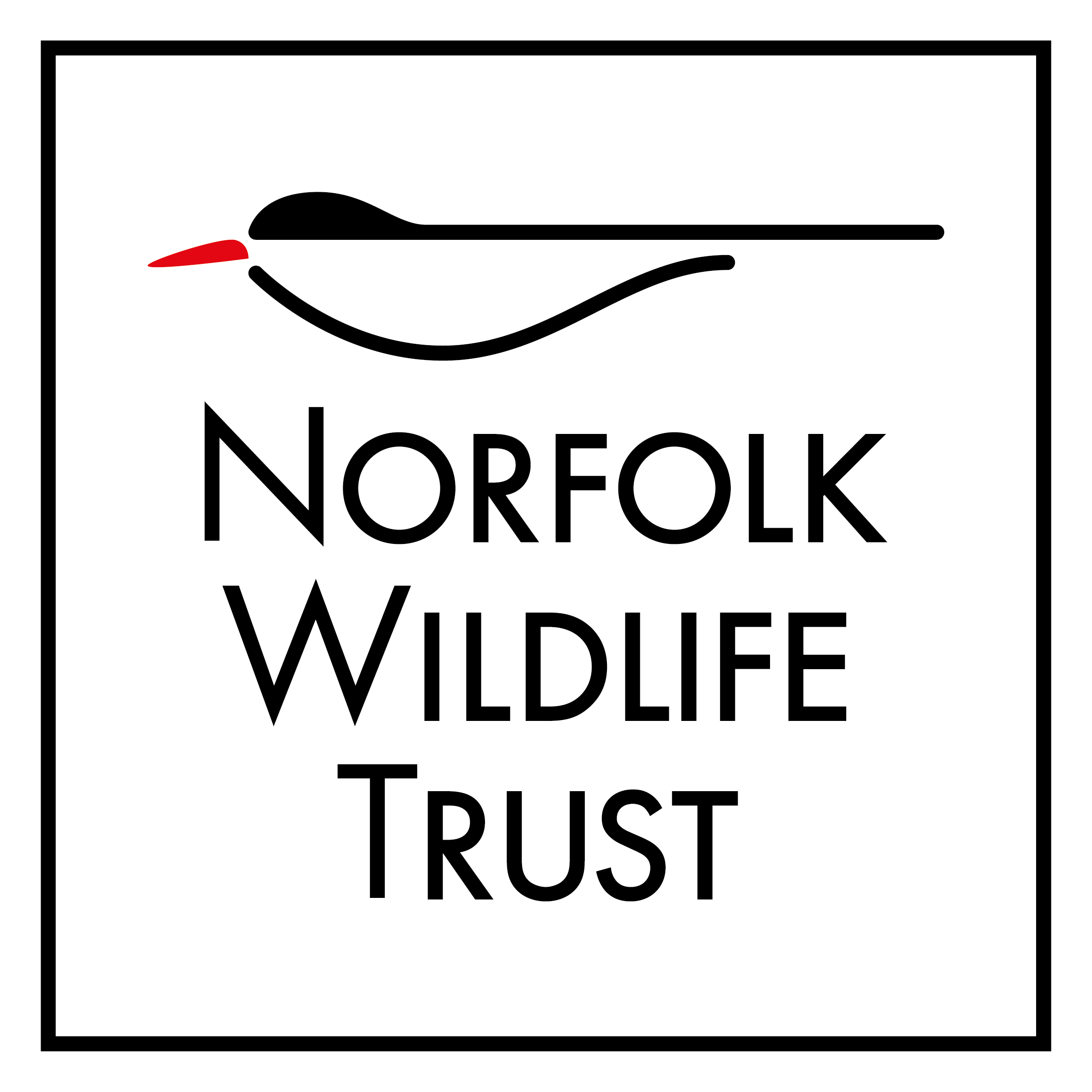Search
Search
Beaches and strandlines
Skip the town beach and find an untamed shore to explore. Wild sand and shingle beaches are great places to see the variety of natural habitats and the amazing force of the elements that help…
My Early Days
I was appointed to the Nottinghamshire Wildlife Trust on 20th July 2020, as Head of Nature Recovery South, after being interviewed on two Zoom meetings, a very odd experience in these strange…
My motivation
Holly spends as much time as she can outdoors. She finds after a busy day, nature works as a reset button – it helps her to focus, always teaches her something new, and inspires her to work as…
Tufted duck
This comical little duck lives up to its name – look out for the black tuft of feathers on its head!
Hornwrack
Hornwrack is often found washed up on our beaches, with many believing that it is dried seaweed. In fact, it is a colony of animals!
Beach Clean - Salthouse Beach Road (4 October)
Help keep Norfolk's beaches pristine for wildlife!
Beach Clean - Cley Beach car park (1 November)
Help keep Norfolk's beaches pristine for wildlife!
Beach Clean - Salthouse Beach Road (6 December)
Help keep Norfolk's beaches pristine for wildlife!
Beach Clean - Cley Beach car park (3 January)
Help keep Norfolk's beaches pristine for wildlife!
Common crane
As the UK’s tallest bird the common crane is instantly recognisable with the ruffle of tail feathers and very long legs. Their bugling call is also very distinctive.
Spiny spider crab
The spiny spider crab lives up to its name in every way! Their distinctive spiny shells are often found washed up on beaches.
